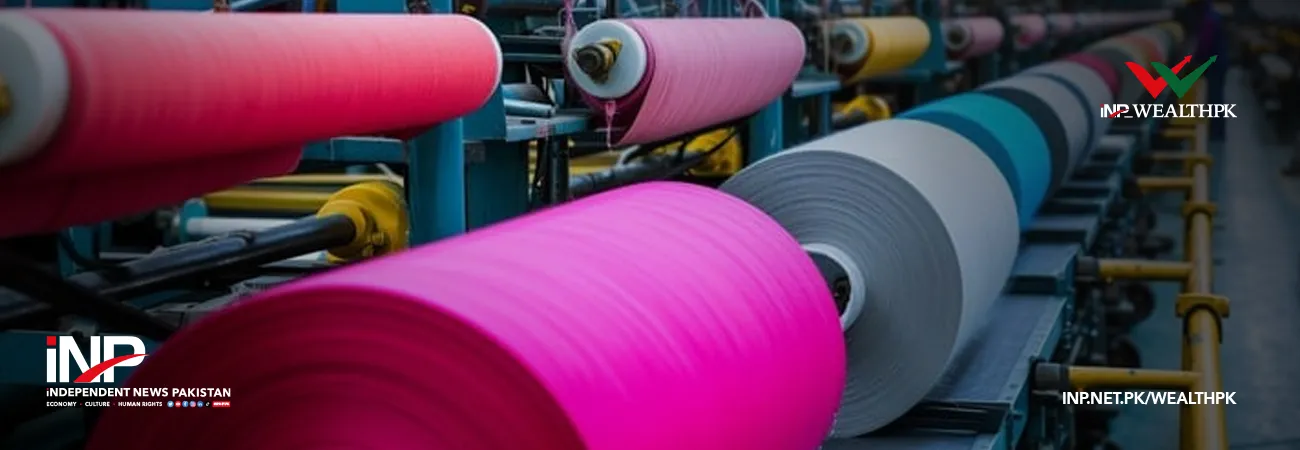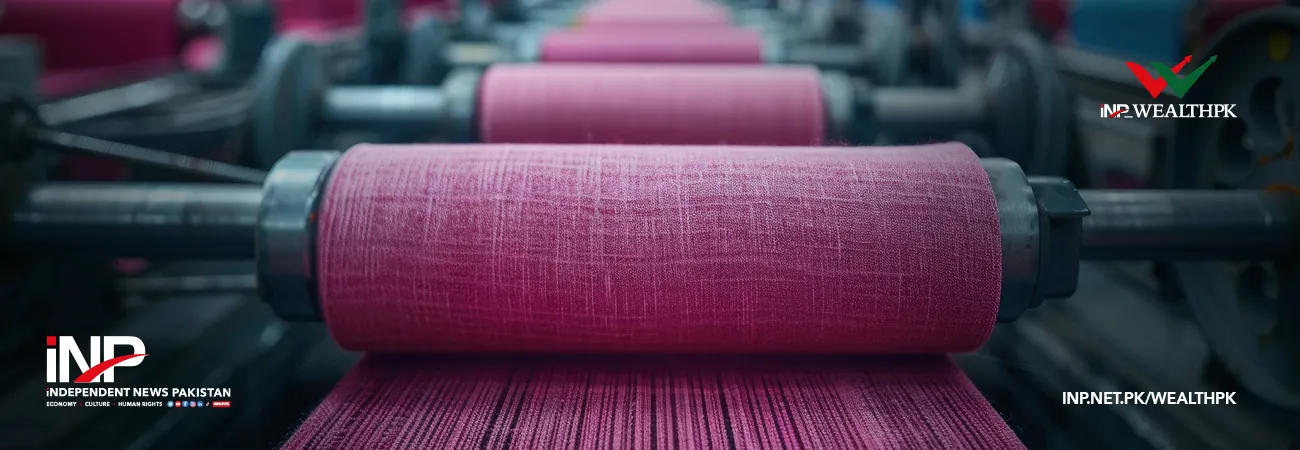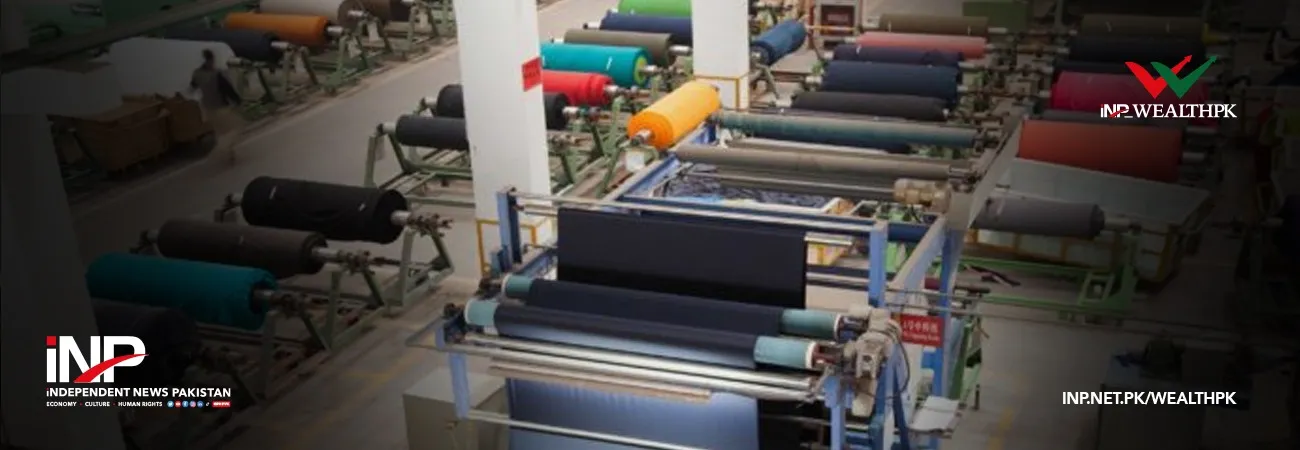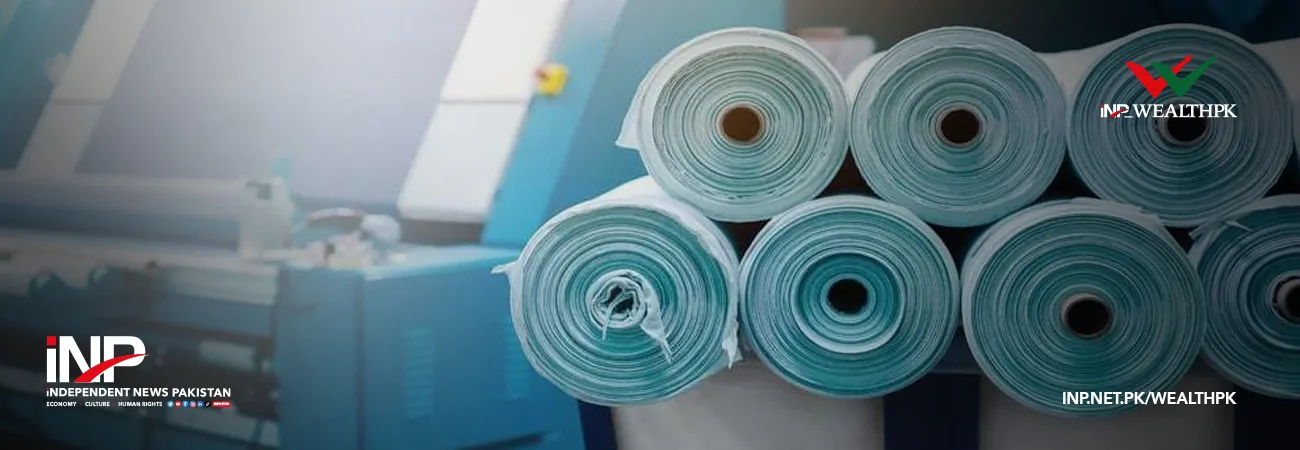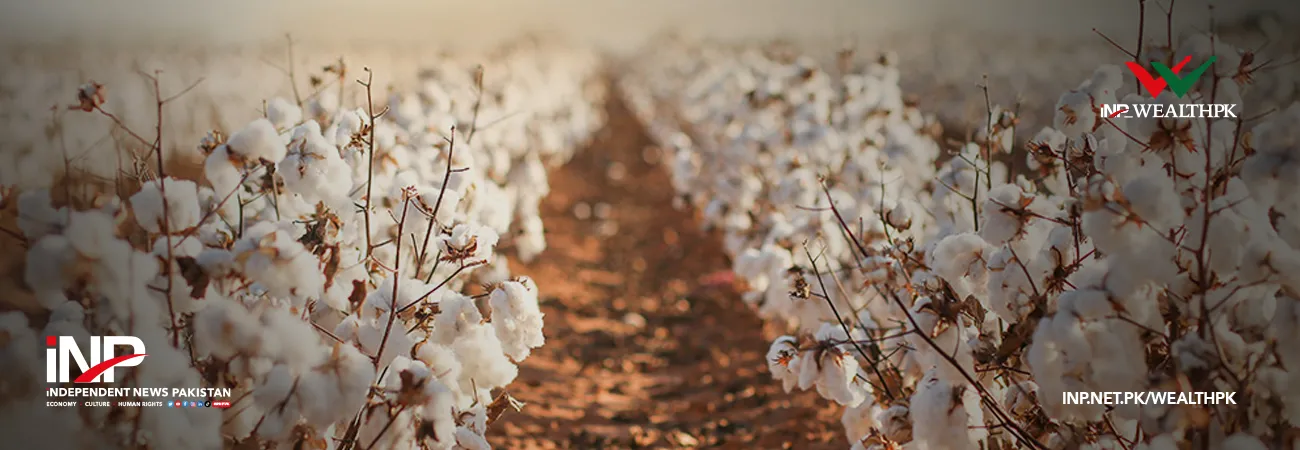INP-WealthPk
Farooq Awan
Pakistan is seeking to expand global market access for its textile and apparel exports through preferential trade frameworks and targeted economic diplomacy. The initiative forms a major part of the draft Textile and Apparel Policy 2025–30, which lays out strategies to strengthen trade partnerships under the European Union’s GSP+, the United Kingdom’s Developing Countries Trading Scheme (DCTS), and bilateral and regional arrangements with China and the Gulf Cooperation Council (GCC).
According to the draft Textile and Apparel Policy 2025–30 available with Wealth Pakistan, Pakistan’s export structure remains heavily concentrated in a few traditional markets, making the country’s trade performance vulnerable to global fluctuations. The document emphasizes that diversifying export destinations is essential for achieving sustainable growth in the textile sector, which accounts for the bulk of Pakistan’s foreign exchange earnings.
The policy highlights that the European Union’s GSP+ facility has played a critical role in maintaining Pakistan’s export competitiveness by providing duty-free access to a wide range of textile and apparel products. It notes that retaining this preferential status requires strict compliance with international conventions on labor rights, good governance, and environmental protection. The draft calls for enhanced coordination among relevant ministries to ensure continued adherence to GSP+ conditions.
The document also points to new opportunities under the United Kingdom’s DCTS, which allows duty-free access for several textile categories. It recommends that exporters capitalize on this facility through improved product quality, certification, and sustainable production practices. The policy calls for trade promotion campaigns in the UK and other European markets to strengthen Pakistan’s position as a reliable sourcing destination.
Expanding trade cooperation with China is another key objective. The draft proposes leveraging the second phase of the China-Pakistan Free Trade Agreement (CPFTA) to increase exports of high-value textile products, including garments, home textiles, and blended fabrics. It also encourages partnerships with Chinese importers, retail chains, and online platforms to improve the market presence of Pakistani textile brands.
The GCC region is identified as an emerging destination for Pakistan’s textile exports. The policy recommends negotiating tariff concessions and strengthening supply-chain integration with major markets such as Saudi Arabia and the United Arab Emirates. Participation in regional exhibitions and business forums will be promoted to develop long-term commercial relationships.
The policy further outlines institutional measures to support export promotion and trade facilitation. It calls for strengthening the Trade Development Authority of Pakistan (TDAP) to expand its role in export marketing, branding, and buyer engagement. TDAP organized major exhibitions, including TEXPO and WEXNET, and developed virtual trade platforms to connect exporters with international buyers.
The policy underlines that building Pakistan’s reputation as a sustainable and compliant exporter is essential for maintaining long-term access to global markets. It proposes continued collaboration with development partners to align export practices with international environmental, social, and governance (ESG) standards.
The document concludes that diversifying export destinations, improving market access through trade agreements, and promoting Pakistan’s textile products under a unified national branding strategy will help achieve the country’s export targets. It emphasizes that sustained implementation of these measures will enhance Pakistan’s global trade footprint and strengthen its competitiveness in the international textile value chain.
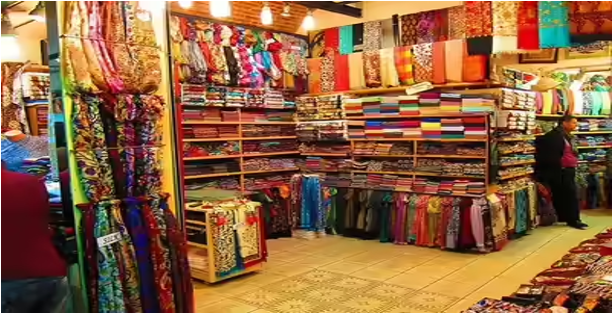
Credit: INP-WealthPk




